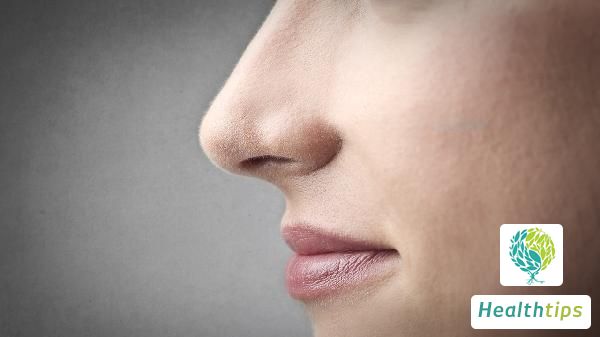Is Moisture in the Ear a Sign of Otitis Media?
Wet Ears: Causes and Treatments

Wet ears do not necessarily indicate otitis media but can stem from various reasons such as external auditory canal eczema, external otitis, excessive cerumen secretion, or tympanic membrane perforation. It is recommended that patients seek medical attention promptly and undergo treatment under the guidance of a physician.
1. External Auditory Canal Eczema
Prolonged exposure to high temperatures or the presence of chronic illnesses may trigger external auditory canal eczema, leading to allergic inflammatory reactions in the local skin, causing wet ears accompanied by itching and pain. Treatment may involve the application of calamine lotion or boric acid solution as prescribed by a doctor.
2. External Otitis
Inadequate protection during swimming can allow contaminated water to enter the ear, facilitating bacterial invasion and the development of external otitis. Inflammation in this condition increases exudate, resulting in wet ears along with pain and swelling. Treatment typically involves antibiotics such as amoxicillin or cefixime, taken as prescribed.
3. Excessive Cerumen Secretion
Failure to regularly clean the ears can lead to an accumulation of cerumen. When large amounts of cerumen are expelled, it can cause the ears to feel wet. In such cases, a medical professional should be consulted for safe removal of the cerumen.
4. Tympanic Membrane Perforation
Trauma or conditions like otitis media can lead to tympanic membrane perforation. As the tympanic membrane serves as a barrier protecting the middle ear, its damage exposes the middle ear mucosa to the external environment, making it susceptible to infection and increased exudate, resulting in wet ears. Immediate medical attention and surgical repair of the tympanic membrane are necessary.
Apart from the aforementioned conditions, cerebrospinal fluid leakage can also cause wet ears. Maintaining ear hygiene and avoiding scratching the affected area with hands are essential in daily life.



















